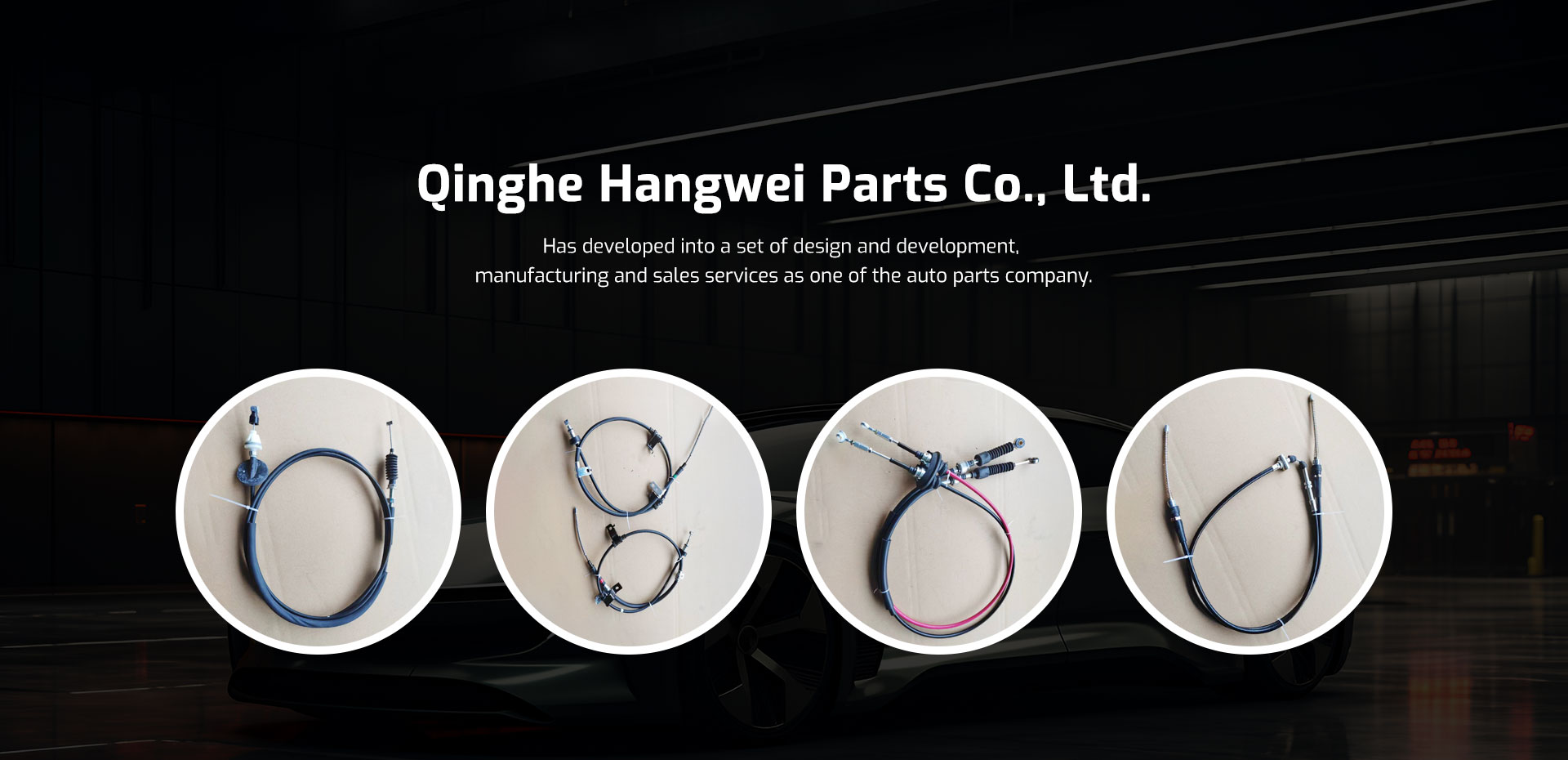car gear cable
Understanding Car Gear Cables Function, Importance, and Maintenance
When discussing the intricate mechanics of a vehicle, one component that plays a pivotal yet often overlooked role is the gear cable. Car gear cables, also known as shift cables or transmission cables, are essential for the smooth operation of a vehicle’s transmission system. They connect the gear shift lever to the transmission mechanism, facilitating gear changes and ensuring that drivers can effectively control their vehicle.
The Function of Gear Cables
The primary function of car gear cables is to transmit the driver’s input from the gear shifter to the transmission. When a driver moves the gear lever, the cable pulls or pushes the transmission linkage, enabling the vehicle to shift gears efficiently. This process is crucial for both manual and automatic transmissions, although the operational specifics may vary. In automatics, the system is often more electronic, but gear cables still play a role in facilitating the interaction between the driver’s commands and the vehicle’s mechanical systems.
Typically, there are two main types of gear cables push-pull cables and rotary cables. Push-pull cables allow for linear movement, which is common in manual transmission systems, while rotary cables are used in systems that require rotational movement. Understanding the type of cable required for your vehicle is essential for maintaining its performance and reliability.
Importance of Gear Cables
The importance of car gear cables cannot be overstated. They contribute significantly to the driving experience by ensuring that gear changes are smooth and responsive. A well-functioning gear cable allows for quick shifts, which are vital for optimal acceleration and deceleration. Moreover, a malfunctioning gear cable can lead to a variety of issues, including difficulty shifting gears, unexpected disconnections, or even total gear failure.
For performance vehicles, this component is even more critical. Precision in gear changes can affect acceleration times and overall driving performance. In addition, if the gear cable breaks or frays, it can lead to significant problems, including getting stuck in a gear or complete loss of transmission control. Regular checks and maintenance of the gear cable are imperative to ensure the vehicle operates optimally.
Maintenance of Gear Cables
car gear cable

Maintaining car gear cables is relatively straightforward but extremely important for longevity and proper functionality. Here are several key practices to keep in mind
1. Regular Inspections Periodically check the gear cables for any signs of wear or damage. Look for fraying, rust, or any discoloration that might indicate a potential failure.
2. Lubrication Keep the cables properly lubricated to ensure smooth operation. Lubrication minimizes friction, which can lead to wear and tear over time.
3. Check Adjustments Ensure that the cables are properly adjusted according to the manufacturer’s specifications. Improper adjustments can lead to significant shifting issues.
4. Replacements If a gear cable shows signs of significant wear or has failed, it is crucial to replace it immediately. Ignoring a faulty cable can lead to more severe transmission problems and expensive repairs.
5. Professional Help If you are unsure about inspecting or maintaining the gear cables yourself, consult a professional mechanic. They can provide comprehensive checks and services tailored to your vehicle’s specific needs.
Conclusion
Car gear cables are a vital component of any vehicle, facilitating smooth gear changes and ensuring a responsive driving experience. Understanding their function, importance, and the maintenance required can significantly impact a vehicle's performance and longevity. Whether you're a seasoned mechanic or a casual driver, having knowledge of the gear cable system can empower you to make informed decisions about your vehicle's maintenance and operations. Always remember preventive maintenance is the key to avoiding costly repairs and ensuring a safe, enjoyable driving experience.
-
Workings of Clutch Pipe and Hose SystemsNewsJun.04,2025
-
The Inner Workings of Hand Brake Cable SystemsNewsJun.04,2025
-
The Secrets of Throttle and Accelerator CablesNewsJun.04,2025
-
The Hidden Lifeline of Your Transmission Gear Shift CablesNewsJun.04,2025
-
Demystifying Gear Cables and Shift LinkagesNewsJun.04,2025
-
Decoding Clutch Line Systems A Comprehensive GuideNewsJun.04,2025
